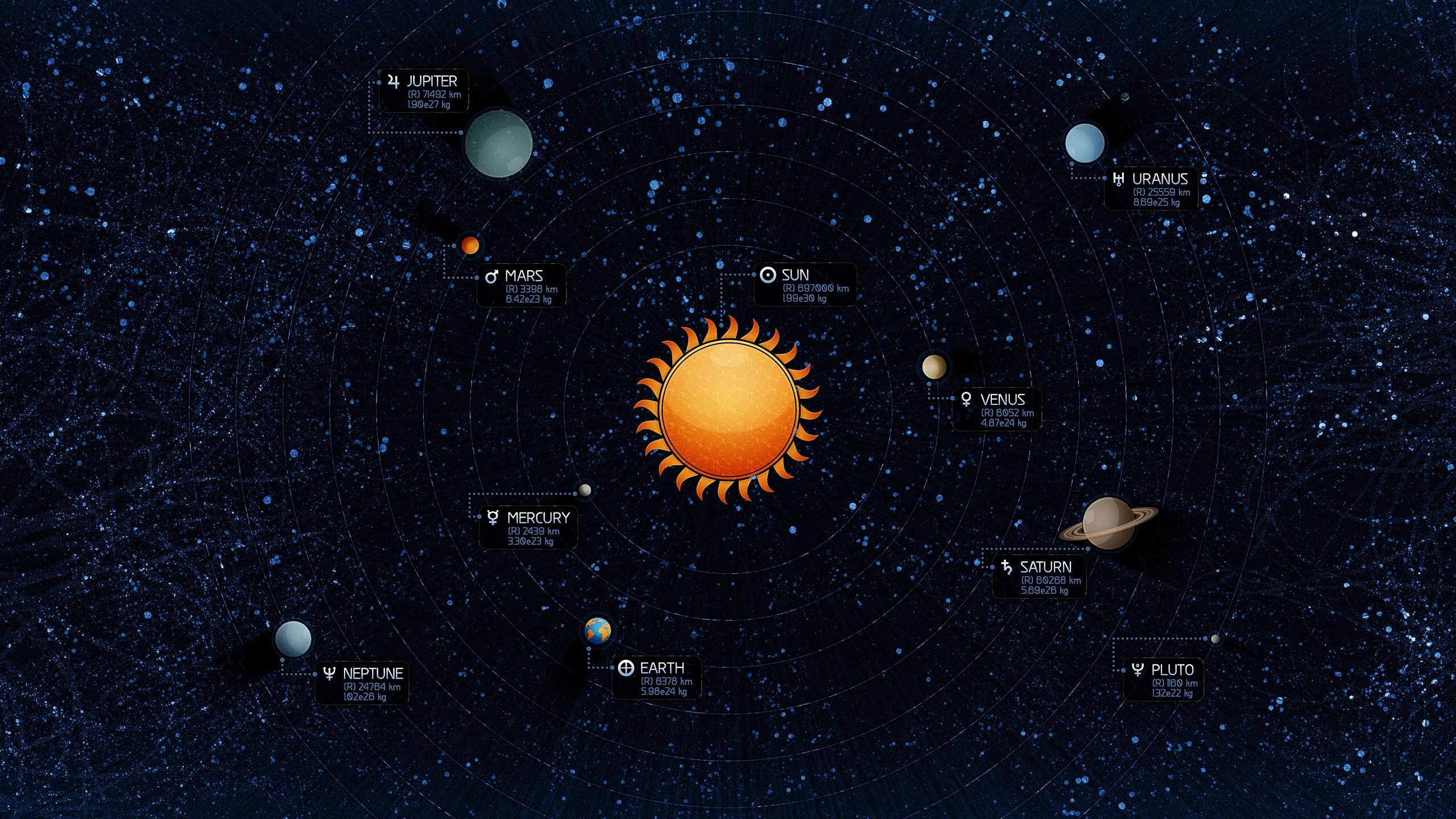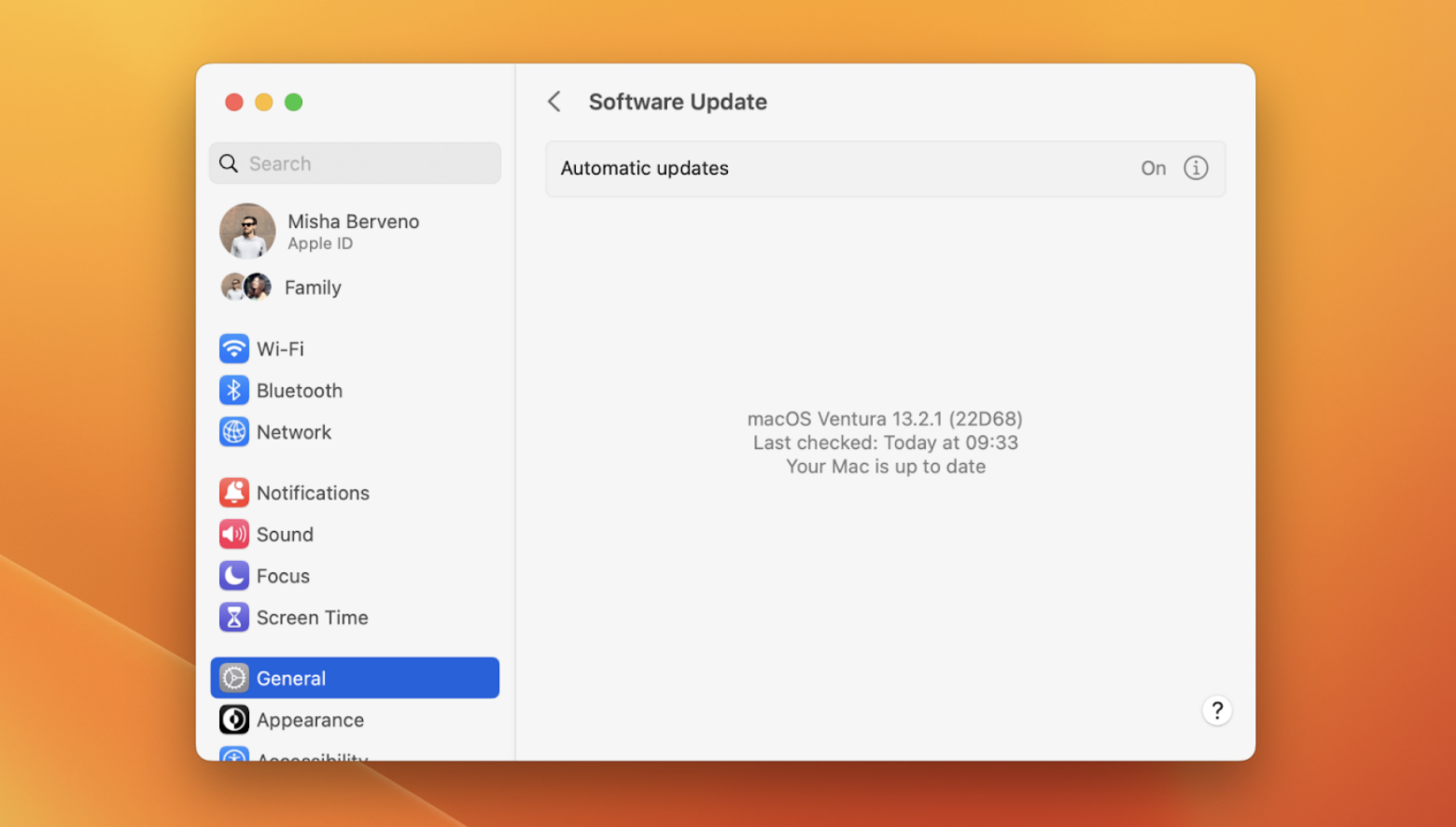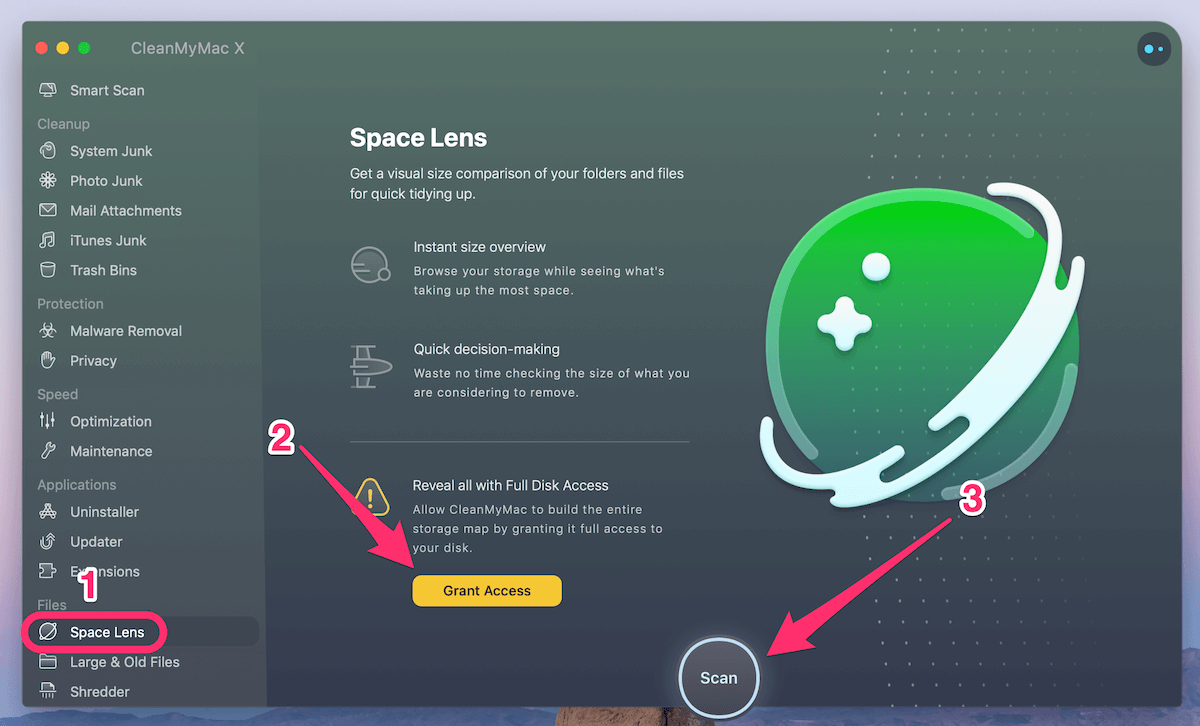Optimized Storage helps you save storage space space by storing your content in iCloud and making it available on demand:
My Mid 2012 MacBook Pro 13' says I suddenly ran out of Storage space. My Mac barely has any data and my upgrade to Sierra was a clean install. Nothing was ported from previous backups. If you see the image below, the 'System' section in the left column says that it is consuming 466.82 GB. My Mac Huge System Storage – Feb 2018. As well known, the Mac operating system usually takes up from 8GB to 13GB.So I don’t think my Mac “System” storage could be that huge, so I searched to find how it defines “System” storage for a Mac, and how to free up that storage.
- When storage space is needed, files, photos, movies, email attachments, and other files that you seldom use are stored in iCloud automatically.
- Each file stays right where you last saved it, and downloads when you open it.
- Files that you’ve used recently remain on your Mac, along with optimized versions of your photos.
If you haven't yet upgraded to macOS Sierra or later, learn about other ways to free up storage space.
Find out how much storage is available on your Mac
Choose Apple menu > About This Mac, then click Storage. Each segment of the bar is an estimate of the storage space used by a category of files. Move your pointer over each segment for more detail.
Click the Manage button to open the Storage Management window, pictured below.
Manage storage on your Mac
The Storage Management window offers recommendations for optimizing your storage. If some recommendations are already turned on, you will see fewer recommendations.
Store in iCloud
Click the Store in iCloud button, then choose from these options:

- Desktop and Documents. Store all files from these two locations in iCloud Drive. When storage space is needed, only the files you recently opened are kept on your Mac, so that you can easily work offline. Files stored only in iCloud show a download icon , which you can double-click to download the original file. Learn more about this feature.
- Photos. Store all original, full-resolution photos and videos in iCloud Photos. When storage space is needed, only space-saving (optimized) versions of photos are kept on your Mac. To download the original photo or video, just open it.
- Messages. Store all messages and attachments in iCloud. When storage space is needed, only the messages and attachments you recently opened are kept on your Mac. Learn more about Messages in iCloud.
Storing files in iCloud uses the storage space in your iCloud storage plan. If you reach or exceed your iCloud storage limit, you can either buy more iCloud storage or make more iCloud storage available. iCloud storage starts at 50GB for $0.99 (USD) a month, and you can purchase additional storage directly from your Apple device. Learn more about prices in your region.
Optimize Storage
Click the Optimize button to save space by automatically removing watched movies and TV shows. When storage space is needed, movies or TV shows that you purchased from Apple and already watched are removed from your Mac. Click the download icon next to a movie or TV show to download it again.
Your Mac will also save space by keeping only recent email attachments on this Mac when storage space is needed. You can manually download any attachments at any time by opening the email or attachment, or saving the attachment to your Mac.
Optimizing storage for movies, TV shows, and email attachments doesn't require iCloud storage space.
Empty Trash Automatically
Empty Trash Automatically permanently deletes files that have been in the Trash for more than 30 days.

Reduce Clutter
Reduce Clutter helps you identify large files and files you might no longer need. Click the Review Files button, then choose any of the file categories in the sidebar, such as Applications, Documents, Music Creation, or Trash.
You can delete the files in some categories directly from this window. Other categories show the total storage space used by the files in each app. You can then open the app and decide whether to delete files from within it.
Learn how to redownload apps, music, movies, TV shows, and books.
Where to find the settings for each feature
The button for each recommendation in the Storage Management window affects one or more settings in other apps. You can also control those settings directly within each app.
- If you're using macOS Catalina or later, choose Apple menu > System Preferences, click Apple ID, then select iCloud in the sidebar: Store in iCloud turns on the Optimize Mac Storage setting on the right. To turn off iCloud Drive entirely, deselect iCloud Drive.
- If you're using macOS Mojave or earlier, choose Apple menu > System Preferences, click iCloud, then click Options next to iCloud Drive. Store in iCloud turns on the Desktop & Documents Folders and Optimize Mac Storage settings.
- In Photos, choose Photos > Preferences, then click iCloud. Store in iCloud selects iCloud Photos and Optimize Mac Storage.
- In Messages, choose Messages > Preferences, then click iMessage. Store in iCloud selects Enable Messages in iCloud.

- If you're using macOS Catalina or later, open the Apple TV app, choose TV > Preferences from the menu bar, then click Files. Optimize Storage selects “Automatically delete watched movies and TV shows.”
- In you're using macOS Mojave or earlier, open iTunes, choose iTunes > Preferences from the menu bar, then click Advanced. Optimize Storage selects “Automatically delete watched movies and TV shows.”
- In Mail, choose Mail > Preferences from the menu bar, then click Accounts. In the Account Information section on the right, Optimize Storage sets the Download Attachments menu to either Recent or None.
Empty Trash Automatically: From the Finder, choose Finder > Preferences, then click Advanced. Empty Trash Automatically selects “Remove items from the Trash after 30 days.”

Other ways that macOS helps automatically save space
With macOS Sierra or later, your Mac automatically takes these additional steps to save storage space:
- Detects duplicate downloads in Safari, keeping only the most recent version of the download
- Reminds you to delete used app installers
- Removes old fonts, languages, and dictionaries that aren't being used
- Clears caches, logs, and other unnecessary data when storage space is needed
How to free up storage space manually
Even without using the Optimized Storage features described in this article, you can take other steps to make more storage space available:
- Music, movies, and other media can use a lot of storage space. Learn how to delete music, movies, and TV shows from your device.
- Delete other files that you no longer need by moving them to the Trash, then emptying the Trash. The Downloads folder is good place to look for files that you might no longer need.
- Move files to an external storage device.
- Compress files.
- Delete unneeded email: In the Mail app, choose Mailbox > Erase Junk Mail. If you no longer need the email in your Trash mailbox, choose Mailbox > Erase Deleted Items.
Learn more
- The Storage pane of About This Mac is the best way to determine the amount of storage space available on your Mac. Disk Utility and other apps might show storage categories such as Not Mounted, VM, Recovery, Other Volumes, Free, or Purgeable. Don't rely on these categories to understand how to free up storage space or how much storage space is available for your data.
- When you duplicate a file on an APFS-formatted volume, that file doesn't use additional storage space on the volume. Deleting a duplicate file frees up only the space required by any data you might have added to the duplicate. If you no longer need any copies of the file, you can recover all of the storage space by deleting both the duplicate and the original file.
- If you're using a pro app and Optimize Mac Storage, learn how to make sure that your projects are always on your Mac and able to access their files.
Solid-state storage (SSD) is fantastically fast, but its high cost means that Macs with built-in SSD startup drives have a much lower capacity than their hard disk-based counterparts. This can be a problem if you have a large collection of photos or music files, or if you use your Mac to edit video. And so, if you have an SSD, you probably spend a lot of time checking the Storage tab in About this Mac. One thing you’ll have noticed is that colored bar labeled ‘System’. What is it and how do you clear it? Read on and find out.
What is System storage on Mac?
System storage, obviously, contains the macOS itself but what else is there? Part of this storage includes applications, drivers, volume data, and Library. While the nominal size of the macOS is around 12 GB (for macOS Big Sur), the Library is the real space-hogger. It contains piles of old cache files and supporting data.
Why does the system take so much space on Mac?
Your system is mainly stored in both the System and Library folders. If your system is taking up too much disk space on Mac, explore those two folders and see what's stored in them.
If you’re having a lot of your space allocated for “system,” you may have Time Machine snapshots stored on your Mac. Later in this article, we’re going to explain how to remove Time Machine backups.
How to reduce system storage on Mac
1. Check for unnecessary files in System storage
Much of the storage space used by the OS for system-related tasks is cleared when macOS deletes the files automatically, but sometimes that doesn’t happen, which is why the System category can grow very large. Apple doesn’t explain what comprises this category of storage, but it’s likely that the following are part of it:
Clean Up Macbook System Storage
- Time Machine backups
- Old iOS backups
- File Vault files
- App cache files
- Unused disk images
Not knowing what files are included in System storage makes finding them tricky. However, it’s far from impossible. My favorite tool for clearing unnecessary system junk from my Mac is CleanMyMac X. It has lots of tools for clearing out junk files, but for our purposes, there’s one that really helps: System Junk. This handy utility scans your Mac and identifies things like temporary files, translation files in apps, broken preferences files, old updates, and system cache files that are no longer needed. You can then remove them with one click. Or you can choose which ones you want to get rid of and remove just those. If you want to give it a go, you can download a free version of CleanMyMac X here.
Once you’ve downloaded and installed it, do this:
- Launch CleanMyMac X.
- Choose System Junk in the sidebar.
- Press Scan.
- Once it’s finished, if you’re happy to remove the files CleanMyMac recommends, press Clean.
- If not, choose Review Details and go through the list of results.
- Uncheck the box next to any items you don’t want to delete.
That will help you to get rid of system storage on Mac.
As you can see from the screenshot, the app offers to remove my Unused Disk Images (the remains of DMG installers), broken downloads, old app updates. If you use Photoshop or other media editor you’ll see the option to delete Document Versions — intermediate edits of your files. In other words, you have many options for freeing up space at your disposal.
Clear System Storage Mac
2. Manually remove Time Machine backups
Aside from using CleanMyMac X, one of the most straightforward ways to clear system storage on a Mac, is to get rid of Time Machine backups. Wait, what? You thought Time Machine backups were stored on an external or network drive? They are! But macOS also keeps a copy of your backup on your startup drive, in case the external drive isn’t available when you need to restore files. That way you can restore data on a MacBook even when you’re on the move.
macOS should delete Time Machine backups when your Mac runs low on storage, but it doesn’t always work out that way. And besides, you might not want to wait until your Mac is short of space before you delete them. So, here’s how to reduce system storage on a Mac by deleting Time Machine backups. Remember that will delete local copies of your backups, so if you think you might need them, don’t do it.
- Go to Applications > Utilities and launch Terminal.
- When a Terminal window opens, type:
tmutil listlocalsnapshotdates - Press Return.
You will now see a list of stored Time Machine backups, listed by date.
- Type:
tmutil deletelocalsnapshots xxxxxxxwhere ‘xxxxxxx’ is the name of one of the backups listed . This will take the form of a date followed by a text string. - Press Return.
- Repeat steps 1 and 2 for as many backups as you want to remove, checking the Storage tab in About this Mac each time to see how much space you’ve cleared.
3. Optimize your storage
If you’ve faced a cluttered storage situation, there’s another way to fix it. Apple has anticipated such an issue and equipped the macOS with some features to optimize your space.
Go to the Apple menu and select About This Mac. Select the Storage tab and press Manage. In the window that appears, you can see some of the useful suggestions. 'Store in iCloud' lets you transfer all your data to cloud storage and reclaim some GBs on your Mac. The second option allows you to delete the heaviest files, like movies and programs.
Turning on 'Empty Bin Automatically' can be a useful option if you forget to do it regularly.
By pressing Review Files, you will jump into the Documents section. Review the files that are stored on your Mac and pay attention to the Unsupported Apps category. It can contain some programs that can no longer run on your macOS version.
Clean Macbook System Storage
Bonus tip: remove duplicate files
Aside from the bizarre system files, another thing that nibbles on your storage is duplicates. Remember that track you’ve accidentally added twice? Or a mail attachment you’ve opened several times? All these files just sit on your Mac and take up precious space.
Here’s how you can quickly delete them in a few clicks.
- Download and open Gemini 2
- Choose a folder and click Scan for Duplicates
- Wait for the scan to finish
Now you can Click Smart Cleanup to get rid of detected duplicates and delete system storage on Mac. Or click Review Results if you want to double-check what’s being deleted.
What else can you do to reduce System storage on Mac?
Believe it or not, one thing you can do is wait. When you first choose the Storage tab in About this Mac, macOS seems to allocate quite a lot to System that it then reallocates elsewhere. For example, some users have reported that after waiting for a few minutes, much of the storage that was labeled System, is moved to the iCloud label. So if you wait, you might find that the System isn’t taking up disk space in the huge quantities that it seemed to be at first.
The other thing you can do is investigate what files are designated as ‘System’. We’ve already talked about Time Machine backups, but everything stored in your Mac’s System or Library folders comes under the ‘System’ heading in About this Mac. That is:
/Library
/System
Clean Mac System Storage
~/Library
~/System
Click on the Go menu in Finder and select Go to Folder, then paste in each of the paths above in turn.
Go through the subfolders in each and press Cmd-I to Get Info and check how much data is in each. You’ll quickly discover where your precious storage has gone.
It’s likely that much of it is accounted for by cache files for apps like Photos and Safari. MacOS caches as much data as it can to avoid having to re-download it, which boosts performance. And it’s smart enough to know that it must delete cache files when you run low on storage.
If you decide that you don’t want to leave it up to the operating system to free up storage, don’t just start trashing cache files or folders randomly, you might delete something you shouldn’t. So be careful
Another way to go about it, is to use a storage analyzer. There are nice apps that search for hidden space on Mac and reveal your largest folders. You can use a free version of CleanMyMac X and inside it, it has a feature called 'Space Lens.'
Mac System Storage High
Those bubbles show your largest folders and you can zoom in and out and delete junk files right from there.
A fun and visual way to delete system storage on Mac.
System storage can occupy tens of gigabytes of space on your Mac for Time Machine backups and cache files. It should be managed by macOS so you’re never short of space. But if you want to do a system storage cleanup, or just free up more space on your Mac, give CleanMyMac X a go. You might be surprised by how much space you get back.
